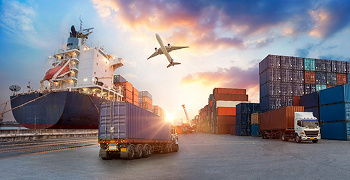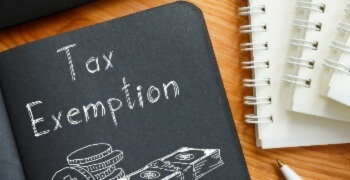
Mind the VAT gap: How e-invoicing can help reduce lost tax revenue
The U.K.’s value-added tax (VAT) gap — the difference between the VAT His Majesty’s Revenue & Customs (HMRC) expects to collect and what it actually receives — was estimated at £8.9 billion for the 2023–2024 tax year, representing 5.0% of the total theoretical VAT liability. This marks a significant decrease from the previous year’s revised figure of £13.1 billion (7.8%).
The VAT gap arises from various causes, including honest errors, late payments, corporate insolvency, and deliberate fraud. As governments seek to reduce lost revenue, many are turning to e-invoicing to improve visibility and encourage timely, accurate tax reporting.
Closing the gap with better data
E-invoicing allows tax authorities to receive invoice data in real time or near real time. This shift from periodic reporting to continuous transaction monitoring provides governments with a clearer view of economic activity and helps reduce opportunities for misreporting or non-payment.
Several European countries, including France, Poland, and Romania, have introduced or are in the process of rolling out e-invoicing mandates. These mandates aim to reduce VAT fraud and improve compliance.
What the UK can learn from other countries
Italy offers a useful case study. Since mandating e-invoicing in 2019, the country has reported significant improvements in VAT collection and a reduction in fraud. The European Commission has taken notice, and e-invoicing plays a central role in its VAT in the Digital Age (ViDA) reform package.
While the U.K. has not yet mandated business-to-business (B2B) e-invoicing, the government is exploring its potential.
UK government explores e-invoicing to modernise tax reporting
In February 2025, HMRC and the Department for Business and Trade (DBT) launched a 12-week consultation to gather views on promoting e-invoicing across U.K. businesses and the public sector. The goal was to understand how e-invoicing could support wider digital transformation and help close the VAT gap.
The consultation focused on several areas, including:
- Evaluating suitable e-invoicing models for the U.K.
- Considering whether e-invoicing should be voluntary or mandatory
- Exploring how real-time reporting could complement invoice digitisation
The government identified productivity, faster payments, and reduced administrative costs as key benefits. From a tax compliance perspective, standardised e-invoicing could reduce reporting errors and strengthen the U.K.’s response to the VAT gap.
The consultation closed on 7 May 2025. Responses are now under review and will help shape advice to ministers. A summary of the consultation feedback will be published on gov.uk in due course.
Preparing for the future of tax
E-invoicing is about more than just compliance. For businesses, it can deliver operational efficiencies, reduce manual errors, and improve cash flow. However, it requires planning, investment, and change management — especially for organisations operating across multiple markets.
As more governments move towards continuous transaction controls, businesses should consider how to futureproof their operations. Choosing the right e-invoicing technology and partner is a key part of that process.
See how Avalara E-Invoicing and Live Reporting can help your business.

The Avalara Tax Changes midyear update is here
Trusted by professionals, this valuable resource simplifies complex topics with clarity and insight.
Stay up to date
Sign up for our free newsletter and stay up to date with the latest tax news.



